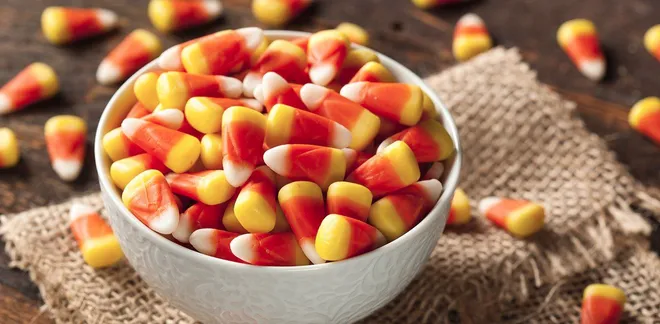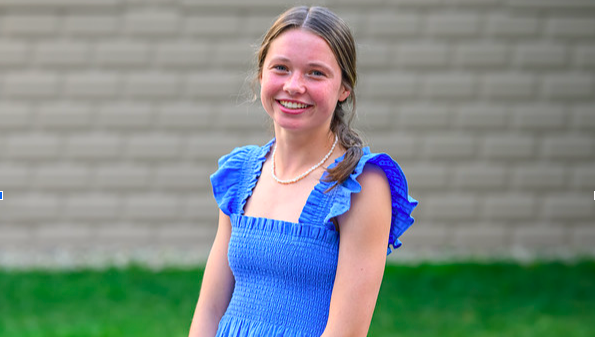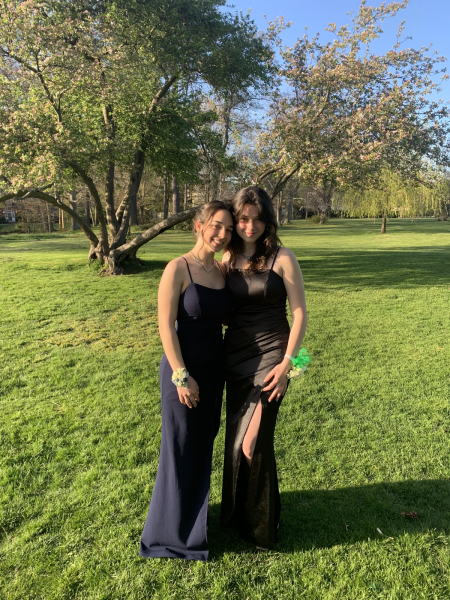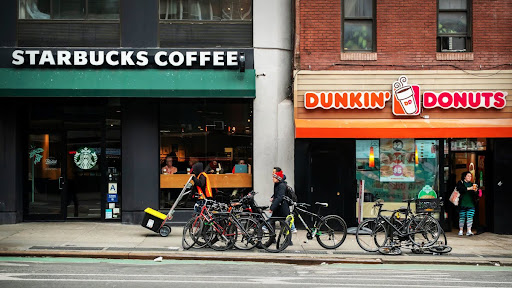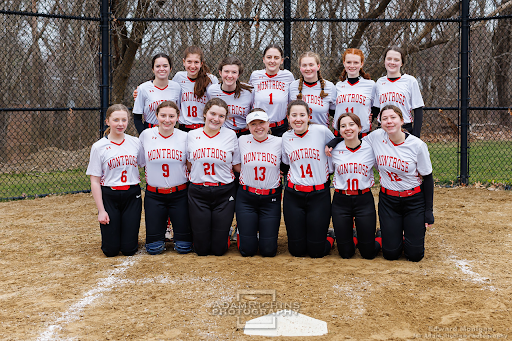Candy Corn: Popularity, Pros, and Cons
Did you know that candy corn used to be called chicken feed? You probably shouldn’t feed it to your chickens, however, since 10% of it is crayon wax!
Now that it is Halloween, stores (and people) everywhere are stocking up on candy for the spookiest time of the year. Some of the popular treats for this holiday are Milky Way, Twix, Reese’s, Hershey’s, Jolly Ranchers, and more, but probably the most famous (or infamous) of them all is candy corn.
Candy corn just might be the most controversial Halloween candy. In my experience, people either love it or hate it—and I am firmly in the “no thanks, I’ll pass” category. However, many eat this tri-color sweet by the handful; in 2019, The National Retail Federation estimated that 95% of holiday shoppers stocked up on this specific treat. Not to mention it’s consistently the most popular Halloween candy in multiple states. In this article, you will learn how candy corn came to be, discover cool candy corn facts, and learn about how candy corn is made.
What is candy corn, anyway? It was not originally a Halloween treat but later became a traditional Halloween candy around the 1950s because of its festive, harvest-themed colors. Today, this little yellow, orange, and white treat is an icon among holiday candies and has a legacy that goes back more than a century. According to oral tradition, George Renninger, a candymaker at the Wunderle Candy Company in Philadelphia, invented the revolutionary tricolor candy in the 1880s. The Goelitz Confectionery Company brought the candy to the masses at the turn of the 20th century. The company, now called Jelly Belly Candy Co., has the longest history in the industry of making candy corn. Although the method has changed, the company still uses the original recipe.
Fun fact: When the Goelitz Confectionery Company first produced candy corn, it was called “Chicken Feed.” The boxes were illustrated with a colorful rooster logo and a tagline that read: “Something worth crowing for.”
Now, for how candy corn is made. It starts as a mixture of sugar, fondant (a kind of paste used for candy and cake decorating), corn syrup, vanilla flavor, and marshmallow cream. These are all melted into a liquid candy (called slurry), colored, and run through a cornstarch molding process to create each kernel. Wooden trays filled with cornstarch are imprinted with rows of candy corn molds, where the layers are individually deposited from bottom to top. The mixture cools in the tray, which seals the three layers together. The kernels are sifted from the trays and polished in large drum pans with edible wax and glaze to create their familiar shine.
Some downsides to candy corn are that it is in the top 5 of the unhealthiest candies to eat, it’s made 10% of crayon wax, and it is shaped like the rotting teeth you’ll have from eating too much of it. On the brighter side, it has a long shelf life, it’s meant to represent unity and equality because all the colors have the same flavor, and even though it is a really sugary choice, sugar (in moderate amounts!) actually releases endogenous opioids. These are a class of molecules that are produced in the brain and circulate widely throughout all organ systems. They are responsible for that wonderful surge of pleasure you feel when you bite into a piece of candy.
Great job, you’ve made it to the end of this article! If you’re still here reading this, you deserve a high five. Or at least a big bag of candy corn. In conclusion, for some this treat is representative of the fall season; there’s just no Halloween without it. For others, however, it belongs in the trash. No matter what kind of taste you have, try to have the best Halloween possible, and just stuff yourself with whatever candy you want and live your life. Lastly, don’t forget to celebrate National Candy Corn Day on October 30th!
By Lilly-Rose Madani ‘27, Staff Writer
27lmadani@montroseschool.org

